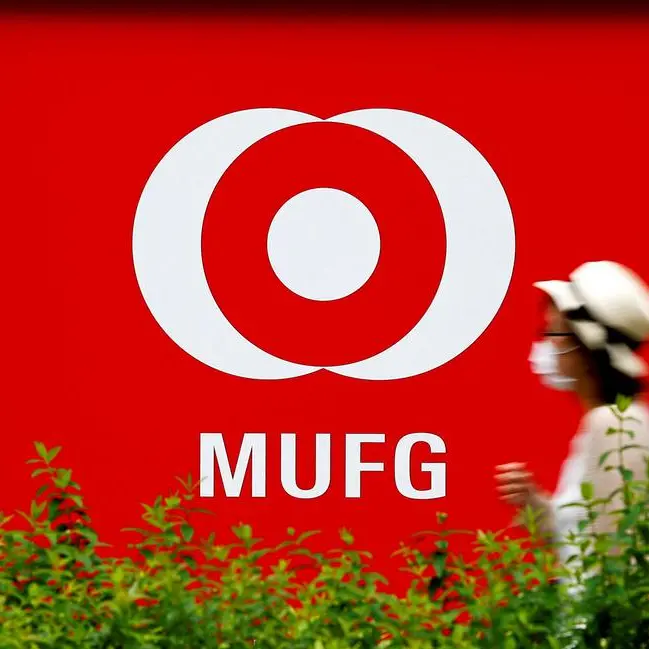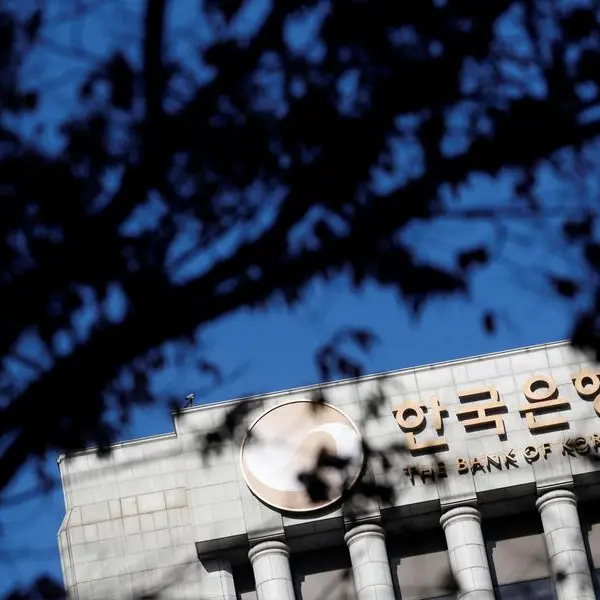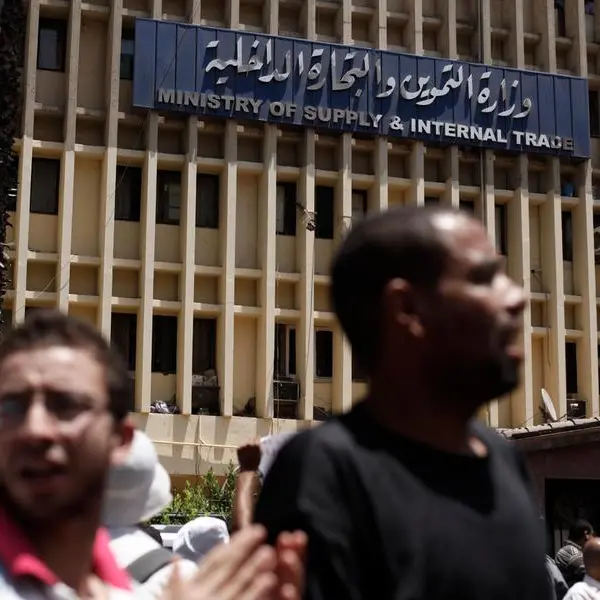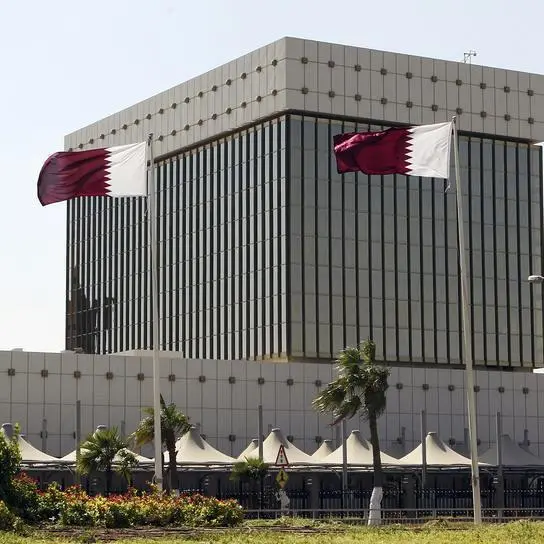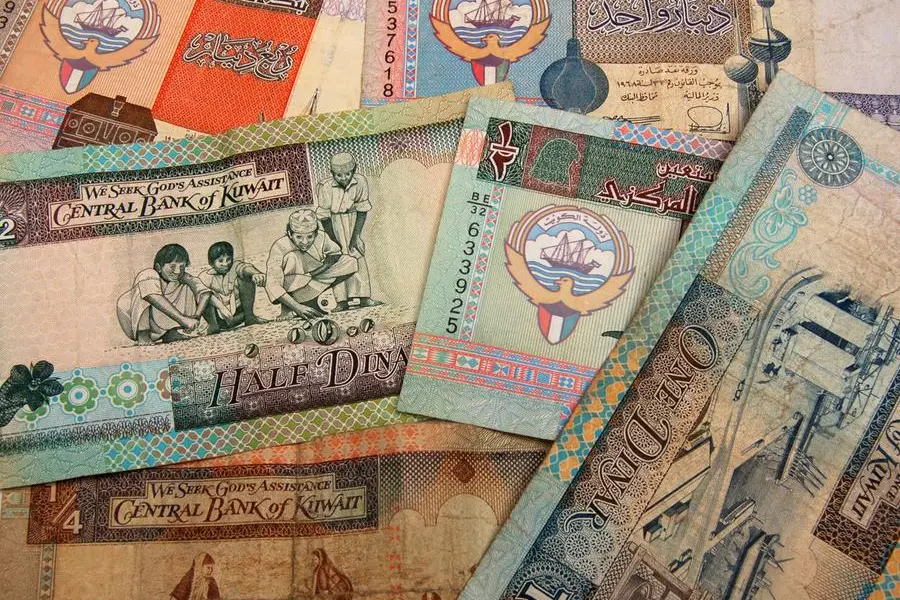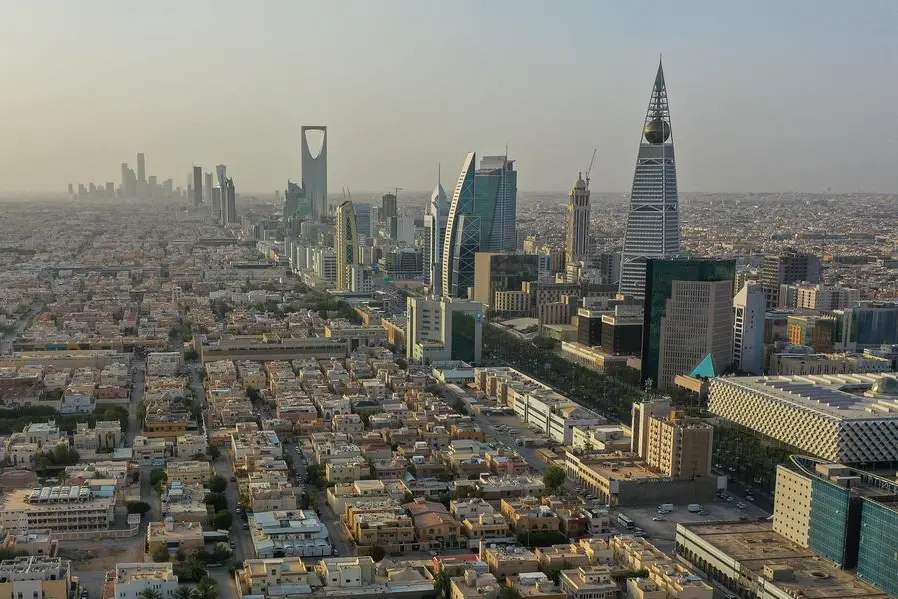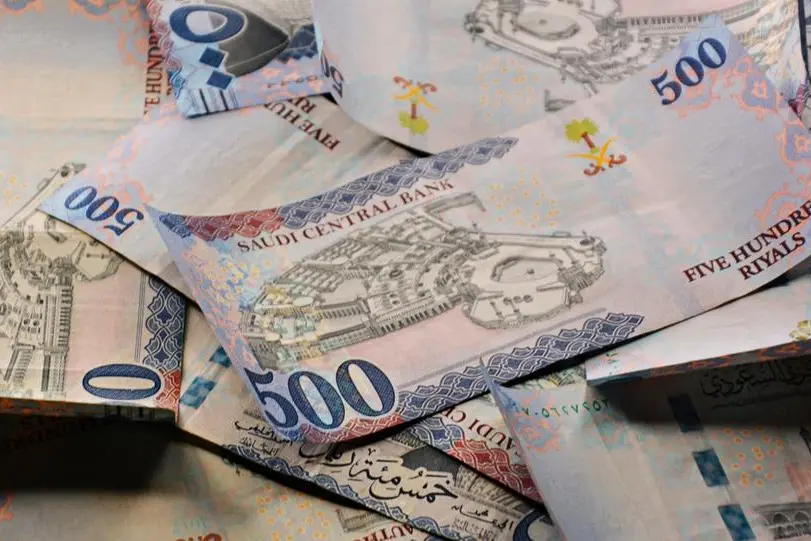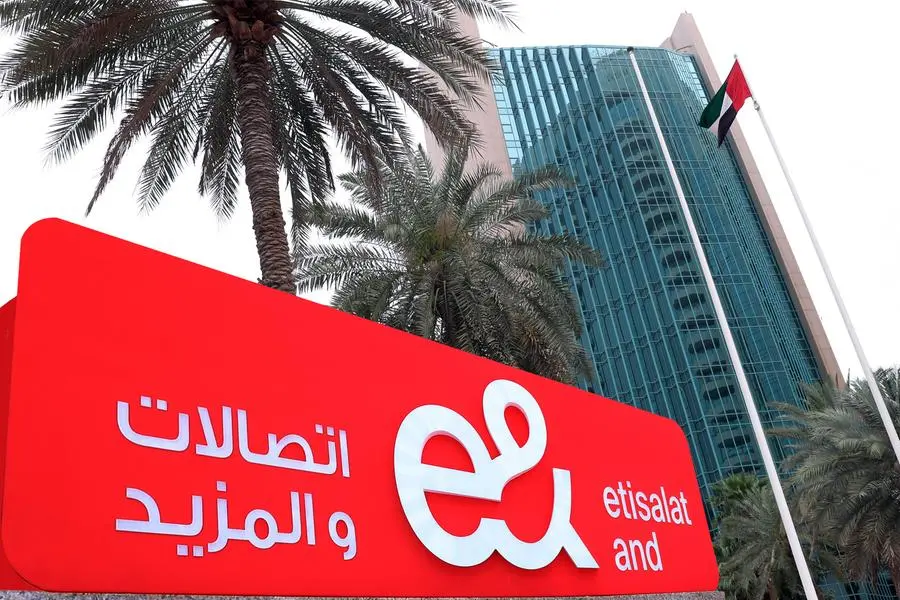07 June 2011
TEHRAN: In Islam, the story of Miraj (ascension to heaven) is that of the Prophet Mohammad from Masjid-al-Aqsa. Over the centuries, though, Persian paintings have more frequently depicted the encounter of earthly man with angels than an epic specific to the history of Islam.
In Persian mysticism the angel is an iconic image for active intellect. In the Munis-al-ushaq epistle, for instance, Gabriel is called Sophia aeterna. The angels two wings tell the story of the ancient battle to unify the actual I and sublime I.
The angels two wings symbolize the dualistic immanent structure of men. The icon is also evident in the ancient image of Faravahar (Zoroastrianisms best-known symbol). Here, the right wing symbolizes pure reason while the left wing represents lack of omniscience.Miraj, the latest series of works by Iranian painter Shahriar Ahmadi, presently on display at Dubais Etemad Gallery, doesnt tell an old Islamic story. Instead he subjects mans encounter with his dualistic immanent structure to a Persian mystical analysis.
He also represents this dualism at the literal level. Written on the margins of every painting are these lines of verse from 12th-century Iranian poet Saadi Shirazi: The complaint of the enemy is being put before love. Where do I put my complaint if she is the enemy?
The dualistic identity of love mate or soul mate underlines the battle between mans two different aspects. For spectators of the same background as the artist, Ahmadis latest series is reminiscent of iconic miraj images. His technique eliminates details, portraying scenes that allow the viewer to sit in place of the figure in the paintings, obscured.
The spiral form of the works upon which Ahmadi models his series leads viewers to the center of each painting and ensnares him (or her) among surrounding angels, who point arrows towards that center. There, the threatened figure riding a half human creature wears a green robe.
Over the centuries, the color green has carried innumerable, sometimes contradictory, interpretations. Green has become the symbol of resistance to governments imposed upon Iran at the beginning of the Islamic period.
It has also symbolized the heavenly aspects of humans. In more recent decades, the color has been used for military uniforms and in this last role, green has been made into an icon for movements against dictatorship. By using this historic icon, Ahmadi embraces both the past and present of Iranian history.
In some Miraj scenes, the colors melt into each other such that the only thing remaining is an obscure form of traditional Miraj. The paint shaping the angels drips in some works and joins the green robe of the central figure. These melting colors make the army of angels into a dark and disorganized amalgam. The central figure, who is supposed to be on his way to heaven, turns into a green block remotely resembling the human shape, distinguished from the background amalgam only by his green robe.
In the iconic level, the threatening angels become antagonists. In his last works, Ahmadi has repeatedly referred to pre- and post Islamic Iranian cultures. The idea of Miraj in his latest series is also rooted in the pre-Islamic age. The idea of journeying to heaven and meeting the archangels has been told and retold in pre-Islamic texts and other works.
The narrative of Arda viraf nameh, for instance, begins when the ancient scripts and books are being burned and turned to dust by the troops of Alexander the Great. The spiritual leaders of Iran decide to send a legate to the sky to find the truth and eliminate doubt.
In post-Islamic mysticism, as mentioned in the writings of Sohrevardi (1155-1191) the founder of the Illuminationist philosophy the journey of the disciple begins from the depth of a dark well and ends in being absorbed in a green light. As Sohrevardi says, in such journey, green is the last remaining color. The highest level of Eastern mysticism is self-awareness: the color green.
In his latest works, Ahmadi translates this mystic metaphor to the social-political context of Iran today; and thus the journey of the green-clad man connotes the common experience of contemporary Iran: a societys struggle to break accepted archetypes to achieve the truth.
Shahriar Ahmadis Miraj is up at Dubais Etemad Gallery until June 11.
Copyright The Daily Star 2011.